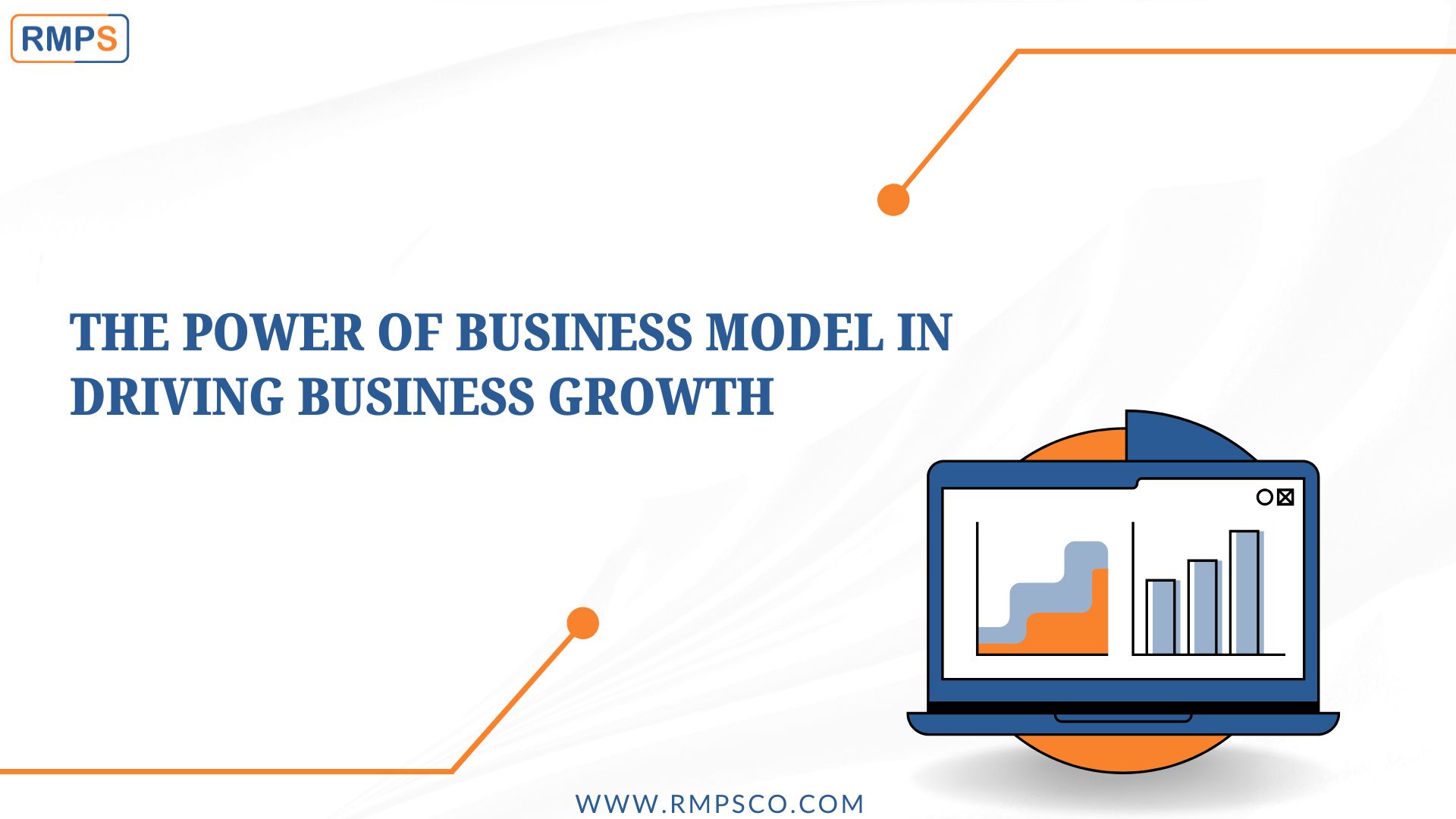
A strong business model is the foundation of any successful company. It defines how a business creates value, generates revenue, and maintains profitability. In a competitive marketplace, the right business model can be the difference between steady growth and stagnation. In this blog, we will explore how a well-designed business model drives business growth and why it is essential for long-term success.
Understanding the Business Model
A business model is a strategic plan that outlines how a company will operate, generate revenue, and deliver value to its customers. It encompasses every aspect of the business, from product development and marketing to customer relationships and financial management. A well-defined business model allows companies to scale efficiently, adapt to changing market conditions, and sustain growth over time.
Key Components of a Business Model:
- Value Proposition: The unique value or solution your business offers to customers.
- Revenue Streams: How your business earns money from its products or services.
- Cost Structure: The costs and expenses associated with running the business.
- Customer Segments: The target audiences or groups your business serves.
- Channels: The methods by which your product or service reaches customers.
- Key Activities: The essential activities needed to deliver value and maintain operations.
How a Strong Business Model Drives Growth
1. Scalability and Adaptability
A well-structured business model ensures that your company can scale efficiently as demand increases. Scalability allows you to expand without a proportionate increase in costs, ensuring that your margins remain healthy. Moreover, an adaptable business model can quickly respond to changes in customer preferences, market trends, and new technologies, helping businesses stay relevant and competitive.
2. Consistent Revenue Generation
A solid business model defines multiple revenue streams, providing stability and minimizing risks associated with relying on a single source of income. This diversification allows businesses to explore different avenues for generating revenue while maintaining consistency, even when certain products or markets underperform.
3. Enhanced Customer Relationships
A clear understanding of customer segments and channels helps businesses tailor their offerings to meet specific customer needs. By understanding the preferences and behaviors of your target audience, your business can create personalized experiences that enhance customer satisfaction and loyalty. Loyal customers are more likely to refer others, contributing to organic growth.
4. Cost Optimization
A well-designed business model identifies key activities that contribute to the company’s success while optimizing costs. Understanding your cost structure helps in making informed decisions to reduce inefficiencies, streamline operations, and increase profitability. Cost optimization allows businesses to allocate resources effectively, ensuring that growth is sustainable.
5. Innovation and Differentiation
Innovation is key to business growth, and a flexible business model encourages experimentation with new ideas, products, and services. By fostering innovation, companies can differentiate themselves from competitors and create unique value propositions that attract more customers. An innovative business model helps companies stay ahead of market trends and adapt to evolving customer demands.
Steps to Building a Business Model that Drives Growth
1. Define Your Value Proposition
Clearly articulate the unique value your product or service provides to customers. This should address a specific pain point or need in the market.
2. Identify Your Revenue Streams
Determine how your business will generate income. Explore various revenue models, such as subscriptions, product sales, licensing, or freemium offerings, to diversify your income.
3. Understand Your Cost Structure
Analyze the costs associated with delivering your product or service. Identify areas where you can optimize spending without compromising quality.
4. Target the Right Customer Segments
Identify the key groups of customers that will benefit most from your offerings. Tailor your marketing, sales, and product development strategies to meet their needs.
5. Leverage Technology
Technology can enhance efficiency and scalability. Implement digital tools for automation, data analytics, and customer relationship management to streamline operations.
6. Continuously Innovate
Encourage a culture of innovation within your company. Regularly evaluate your business model and explore new ways to deliver value and stay competitive in your industry.
Conclusion
A well-designed business model is critical to driving business growth. By focusing on scalability, consistent revenue generation, customer relationships, cost optimization, and innovation, businesses can create a solid foundation for long-term success. Understanding and refining your business model will allow you to adapt to market changes, seize new opportunities, and foster sustained growth.
LinkedIn Link : RMPS Profile
This article is only a knowledge-sharing initiative and is based on the Relevant Provisions as applicable and as per the information existing at the time of the preparation. In no event, RMPS & Co. or the Author or any other persons be liable for any direct and indirect result from this Article or any inadvertent omission of the provisions, update, etc if any.
Published on: October 5, 2024
